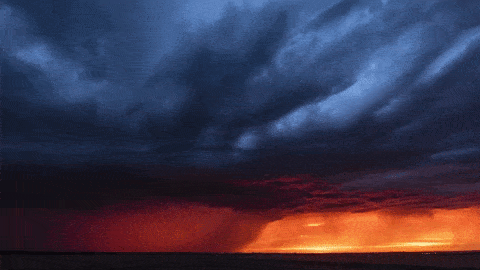For almost a decade now, Kansas photographer Chad Cowan has been a very busy man — he’s driven almost 100,000 miles, all across the U.S., chasing and filming clouds. Very big, very angry-looking, incredibly beautiful clouds that swirl and churn into what we call supercell thunderstorms.

He began the project as more of a personal hobby, following a few storms around to see how they formed. But as often happens, curiosity grew into a full-blown passion and now Cowan’s portfolio hangs heavy with recordings from hundreds of storms.
Luckily for us, since we’re in for a treat today as Cowan took the creme de la creme of all his work and condensed them to make Fractal. And I really like his outlook on his work, too. He knows what the storms he is following are, and how they form — but that doesn’t take away from his awe of nature. Watching Fractal, it’s easy to understand why.
“The ingredient based explanation for supercell thunderstorms cites moisture, wind shear, instability and lift as the reasons for their formation. I prefer to focus on the big picture,” Cowan writes in the video’s description.
“Supercell thunderstorms are a manifestation of nature’s attempt to correct an extreme imbalance. The ever ongoing effort to reach equilibrium, or viscosity, is what drives all of our weather, and the force with which the atmosphere tries to correct this imbalance is proportional to the gradient. In other words, the more extreme the imbalance, the more extreme the storm.”
FRACTAL – 4k StormLapse from Chad Cowan on Vimeo.
For more of Cowan’s storm photography be sure to check his website. He’s also a regular on Instagram.






